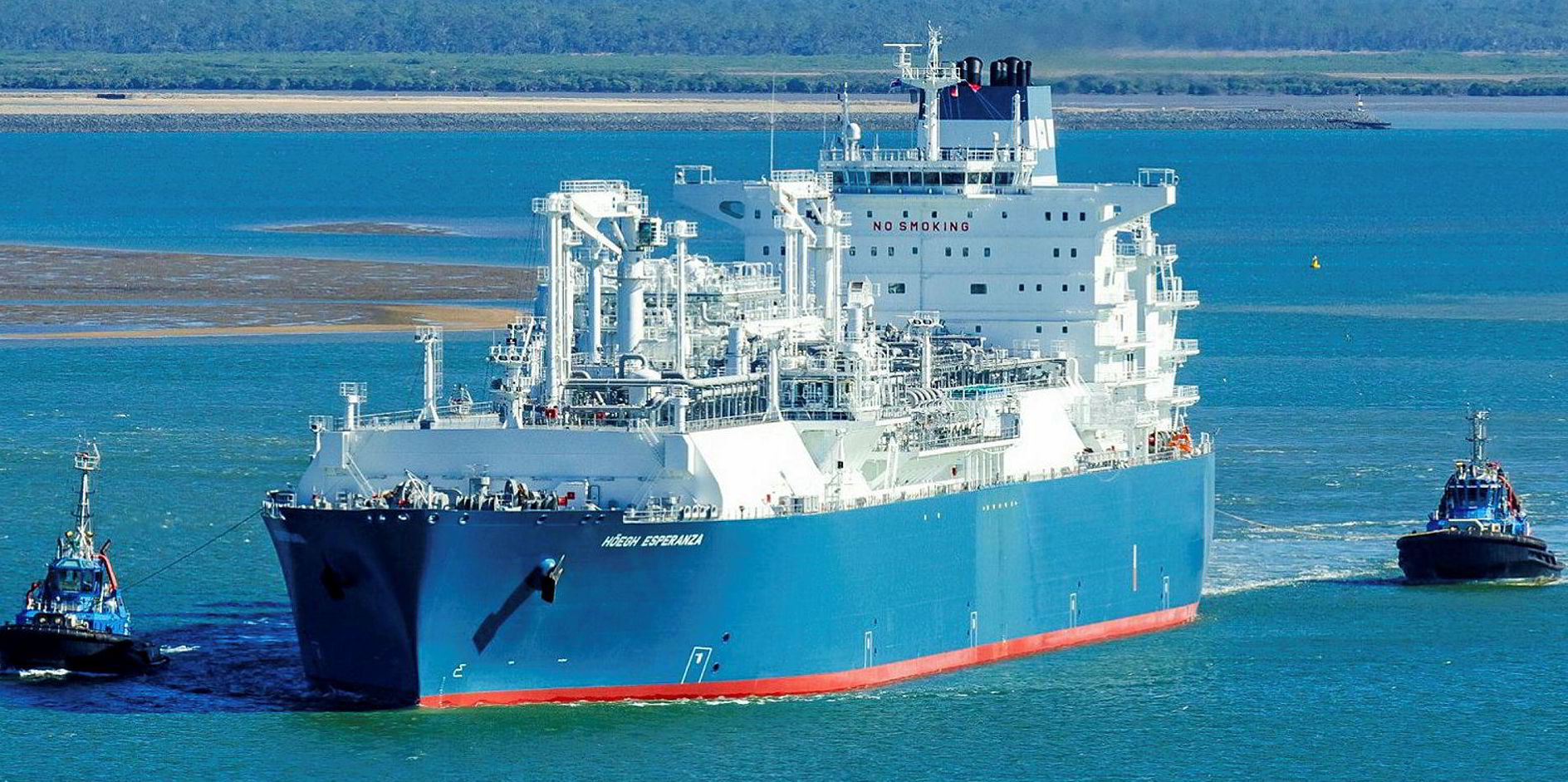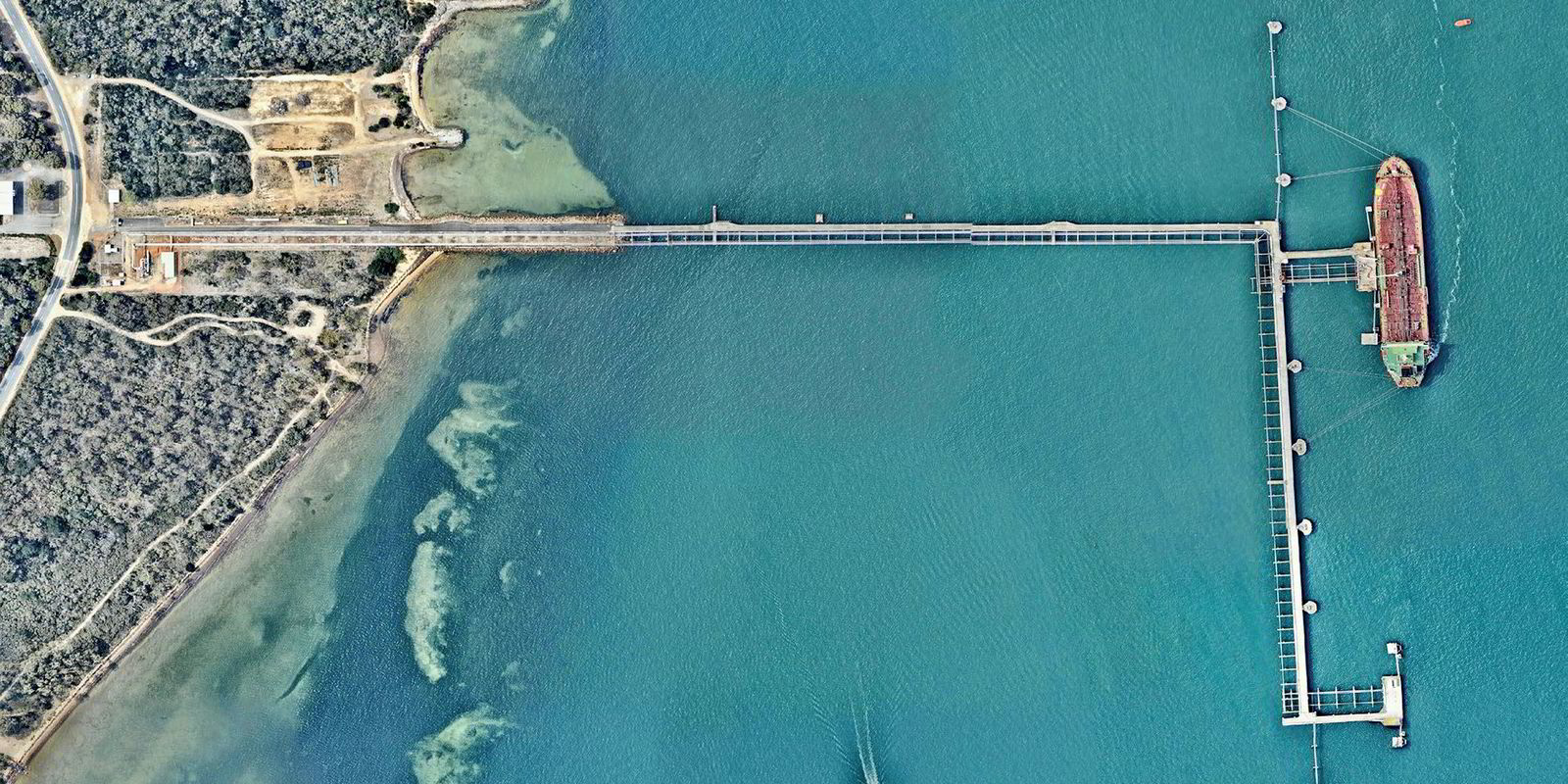Australia’s AGL Energy has moved a step closer to deploying its first floating storage and regasification unit after issuing the environmental report for its LNG project in Victoria.
The environment effects statement (EES) and related documents provide information about the “potential environmental, social, economic, and planning impacts” of the proposed project.
The documents are also said to outline how these potential impacts would be managed during construction and operation of the project if it is approved.
“The EES process provides an opportunity to share your views on the gas import jetty and pipeline project and have them considered by the inquiry and advisory committee and relevant decision makers,” AGL said.
Members of the public have until midnight on 26 August 2020 to consider the documents and make a submission.
The Australian power company’s plans call for the regasification project to be sited off Crib Point near French Island, south of Melbourne.
However, local government officials called for a full environmental assessment of the project in late 2018 after it attracted several local protests.
The project has been subject to a number of delays since it was first announced with first gas not expected to be delivered until the second half of 2022.
Hoegh LNG revealed in December 2018 that it had been selected to provide an FSRU for the project under a 10-year charter subject to a final investment decision.
Twelve months ago, the shipowner then announced that the original FSRU for the project, the 170,000-cbm Hoegh Giant (built 2017) was being switched out in favour of the 170,000-cbm Hoegh Esperanza (built 2018).
The company said the Hoegh Esperanza was a “better fit environmentally”, as it was outfitted with both closed and open loop regasification systems.
AGL had been on track to be the first of four proposed FSRU LNG import projects looking to fill an expected gas supply shortfall in southeastern Australia.






